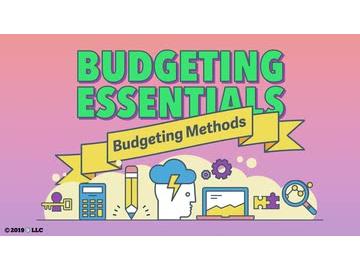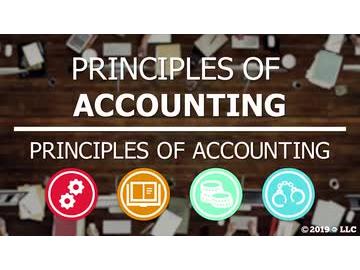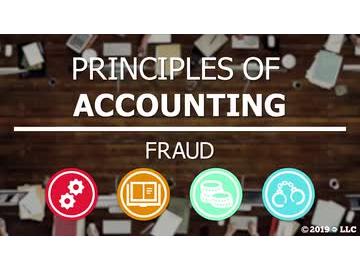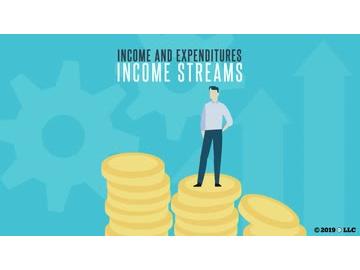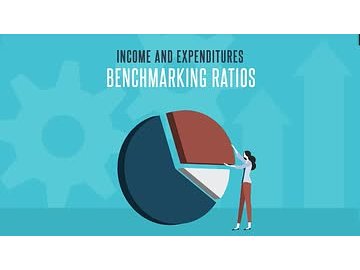Finance for Non-Financial
Finish in
103 mins!
Employees
only
of Completion
Friendly
Access
What you'll learn
Skills covered in this course
Description
Welcome to Finance 101. Are you feeling anxious already? Did your blood pressure spike just reading that? It's okay, not all of us are numbers people. This series is designed for those who wish to dip their toes into the world of finance and are ready to learn the basics.
It's important that all people have a general understanding of this broad-ranging topic, not just for career purposes, but for personal finance benefits as well. In this first Finance for Non-Financial course, we'll discuss all that the term "finance" encompasses, and we'll go over the various skills that come with a solid understanding of finance. We'll also talk about why and how those skills are beneficial to you.
System Requirements
• Windows 7 and newer
• Mac OS 10 and newer
Supported Browsers:
The current and previous major releases of the following browsers
• Safari v11 and higher
• Firefox v65 or higher
• Chrome v70 and higher
• Microsoft Edge v42 and higher
• Internet Explorer v11 and higher (Windows only- may exhibit visual differences from other
browsers)
Computer Speed and Processor:
• Use a computer 5 years old or newer when possible.
• 1GBofRAM
• 2GHz processor
Author
Finance for Non-Financial





